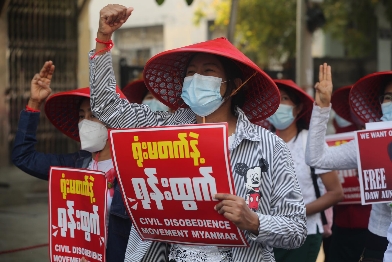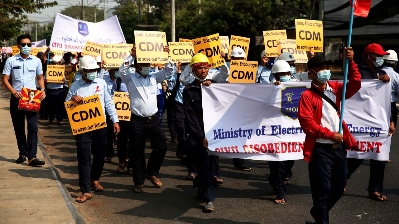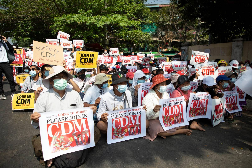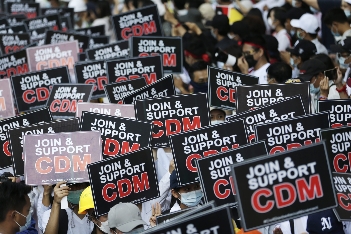
Designing and deploying a 5G network involves multiple complex steps and considerations. Here’s a comprehensive overview of the process, including phases, technologies, and requirements:
1. Understanding the 5G Architecture : Devices that connect to the 5G network (e.g., smartphones, IoT devices). Radio Access Network (RAN)**: The part of the network that connects the UE to the core network.










– **Core Network (5GC)**: The backbone of the network, handling data routing, session management, and service delivery.
– **Transport Network**: Connects RAN and core network elements.
#### b. Frequency Bands:
5G utilizes different frequency bands:
– **Low-band (Sub-1 GHz)**: Provides broad coverage but lower speeds.
– **Mid-band (1 GHz to 6 GHz)**: Balances coverage and speed.
– **High-band (mmWave, above 24 GHz)**: Provides ultra-high speeds over short distances.
### 2. Design Considerations
#### a. Coverage and Capacity:
– **Site Selection**: Identify locations for macro cells, small cells, and distributed antenna systems (DAS) based on population density and user behavior.
– **Capacity Planning**: Estimate traffic loads to ensure the network can handle peak usage times.
#### b. Network Slicing:
Allows multiple virtual networks to exist on a single physical infrastructure, tailored for different services (e.g., enhanced mobile broadband, massive IoT, ultra-reliable low-latency communication).
#### c. Backhaul Solutions:
Evaluate backhaul requirements (fiber vs. microwave), ensuring sufficient bandwidth to connect RAN to the core network.
#### d. Small Cells:
Deploy small cells in densely populated areas to enhance coverage and capacity, particularly in urban environments.
### 3. Deployment Strategy
#### a. Phased Rollout:
– **Pilot Testing**: Start with small-scale trials to test technology and processes.
– **Full Deployment**: Gradually expand coverage and capacity based on user feedback and performance metrics.
#### b. Vendor Selection:
Consider technology partners for RAN equipment, core network components, and software solutions. Major vendors include Ericsson, Nokia, Huawei, ZTE, and others.
#### c. Regulatory Compliance:
Ensure adherence to local regulations regarding spectrum allocation, environmental impacts, and health standards.
### 4. Network Management and Optimization
#### a. Operation Support Systems (OSS):
Implement tools for network monitoring, maintenance, performance analysis, and troubleshooting.
#### b. Automation and AI:
Use machine learning and AI algorithms to optimize network management, traffic routing, and resource allocation dynamically.
#### c. Security:
Incorporate security measures throughout the network design to protect against cyber threats and ensure data privacy.
### 5. Future Considerations
#### a. Integration with Legacy Systems:
Plan for the coexistence of 4G and 5G networks to ensure a smooth transition for users and services.
#### b. Support for IoT:
Design the network to cater to the massive IoT ecosystem, enabling billions of connected devices.
#### c. Research and Development:
Invest in ongoing R&D to leverage advancements in technology like edge computing, advanced antenna technologies (e.g., Massive MIMO), and new spectrum management techniques.
### 6. Challenges and Recommendations
#### a. Challenges:
– **Infrastructure Costs**: High investment needed for new equipment and installations.
– **Spectrum Availability**: Competition for spectrum among various services.
– **Technical Complexity**: Integrating new technologies with existing protocols.
#### b. Recommendations:
– Engage in community planning and zoning discussions early in the process to facilitate site acquisition.
– Prioritize user experience and accessibility to maximize adoption and usage.
– Foster partnerships with various stakeholders, including government entities, businesses, and educational institutions.
### Conclusion
Deploying a 5G network requires careful planning, collaboration, and adaptation to new technologies and consumer demands. Organizations must be proactive in their approach, staying informed about the latest trends and best practices to ensure a successful rollout that meets both current and future needs.


Leave a Reply